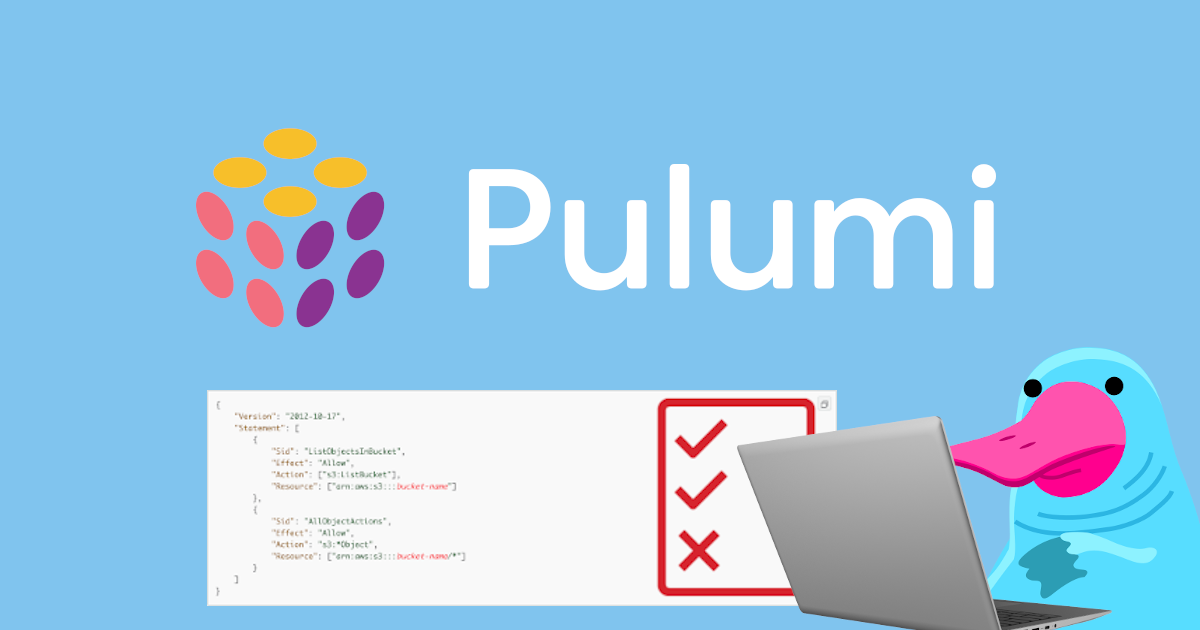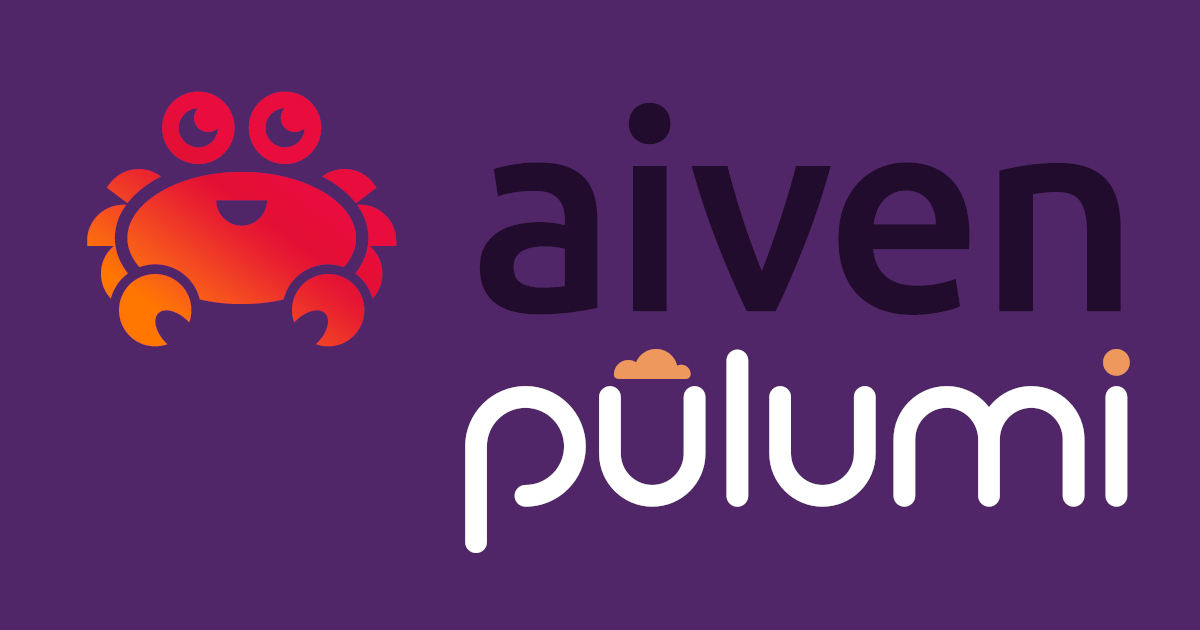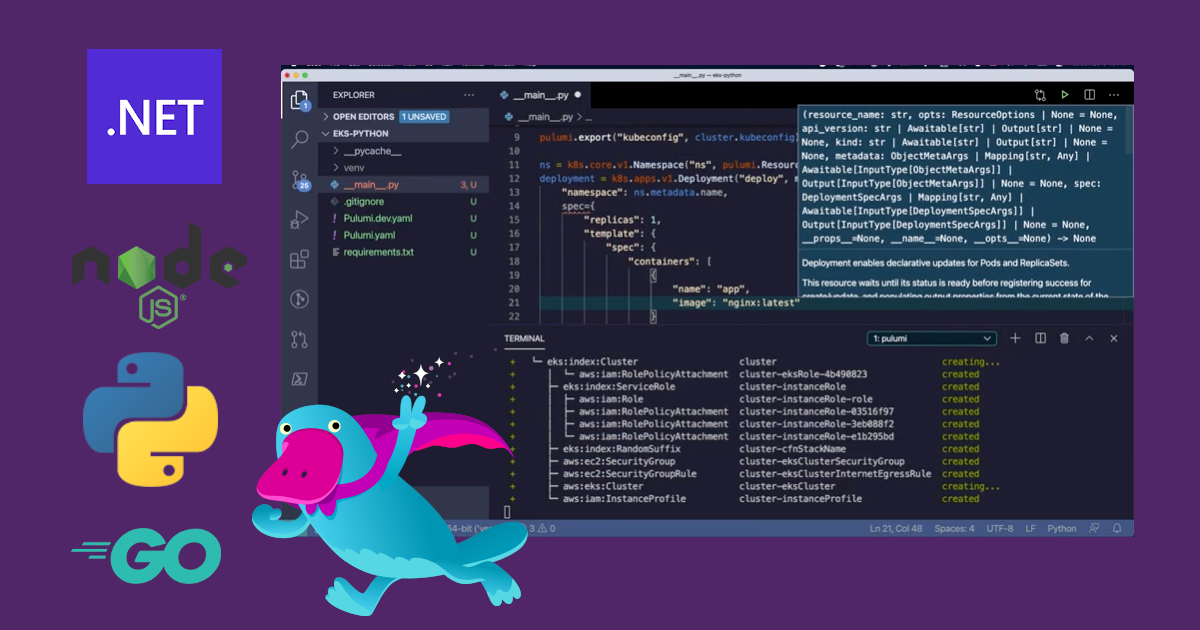How to Deploy Apps with AWS App Runner and Pulumi

There are loads of benefits to packaging up an application as a container. You can ensure that your application has all the required dependencies and runs in the isolated, predictable environment you expect. When it comes to running that containerized application, there are many options, including Kubernetes, Amazon Elastic Container Service (ECS), and Docker. Often, running a container application at scale requires setting up a container orchestrator and providing network infrastructure to the containers. Configuring this can be complex, especially if you’re not familiar with virtual networking concepts such as virtual private clouds, load balancers, and the like.








